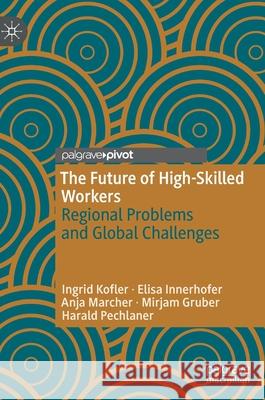The Future of High-Skilled Workers: Regional Problems and Global Challenges » książka
topmenu
The Future of High-Skilled Workers: Regional Problems and Global Challenges
ISBN-13: 9783030428709 / Angielski / Twarda / 2020 / 106 str.
The Future of High-Skilled Workers: Regional Problems and Global Challenges
ISBN-13: 9783030428709 / Angielski / Twarda / 2020 / 106 str.
cena 201,72
(netto: 192,11 VAT: 5%)
Najniższa cena z 30 dni: 192,74
(netto: 192,11 VAT: 5%)
Najniższa cena z 30 dni: 192,74
Termin realizacji zamówienia:
ok. 22 dni roboczych
Bez gwarancji dostawy przed świętami
ok. 22 dni roboczych
Bez gwarancji dostawy przed świętami
Darmowa dostawa!
Kategorie:
Kategorie BISAC:
Wydawca:
Palgrave Pivot
Język:
Angielski
ISBN-13:
9783030428709
Rok wydania:
2020
Wydanie:
2020
Ilość stron:
106
Waga:
0.32 kg
Wymiary:
21.01 x 14.81 x 1.12
Oprawa:
Twarda
Wolumenów:
01
Dodatkowe informacje:
Wydanie ilustrowane











